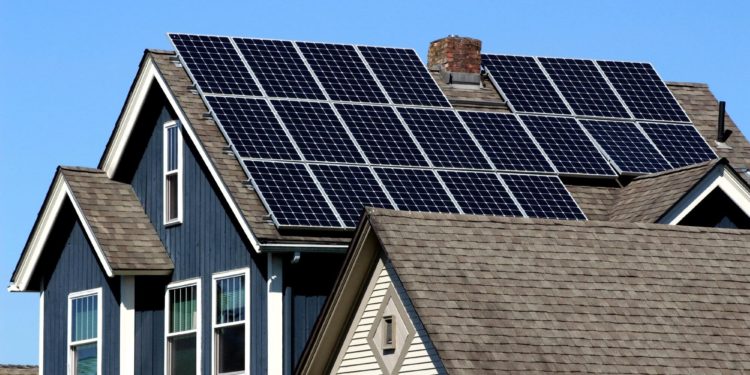Have you ever wondered how the solar panels on rooftops turn sunlight into electricity? The photovoltaic solar cell (PV for short) is the core component that makes this process possible. Today, let’s take a deep dive into how solar cells work.
The Heart of Solar Cells: The Photovoltaic Effect
The operation of photovoltaic solar cells relies on a phenomenon known as the “photovoltaic effect.” When photons (light particles) strike a solar cell, they excite the electrons within, causing them to move and generate an electric current. This process can be broken down into three simple steps:
- Photon Absorption and Electron Excitation: Solar cells are made of semiconductor materials, usually silicon, which can absorb photons from sunlight. When photons hit silicon atoms, they “knock” electrons loose from their atomic structure.
- Electron Movement Creates Current: A built-in electric field (typically formed by P-type and N-type silicon) inside the solar cell forces the electrons to flow in a specific direction, generating direct current (DC).
- Current Collection and Transmission: The flow of electrons is captured by metal electrodes and transmitted through a circuit to devices like inverters, where it is converted into alternating current (AC) for residential and commercial use.
Why Is Silicon Used in Solar Cells?
Silicon is an ideal semiconductor material—not only is it abundant, but it also offers excellent photoelectric conversion properties. Silicon solar cells mainly fall into two categories:
- Monocrystalline Silicon Solar Cells: Made from a single crystal structure, these allow electrons to move more freely, resulting in higher efficiency, typically above 20%.
- Polycrystalline Silicon Solar Cells: Formed by melting multiple silicon crystals together, these are cheaper to produce but slightly less efficient than monocrystalline cells.
How Do Solar Panels Improve Power Generation Efficiency?
A single solar cell produces limited electricity, so multiple cells are connected to form a solar panel. A standard residential solar panel usually contains 60 or 72 solar cells, while large-scale commercial systems may include even more to enhance overall power generation capacity.
Beyond increasing the number of cells, scientists are continuously optimizing solar cell efficiency through innovations such as:
- Multi-Junction Solar Cells: These use semiconductor layers made of different materials to absorb a broader range of the light spectrum, improving energy conversion efficiency.
- Perovskite Solar Cells: Lighter and cheaper than traditional silicon cells, they are expected to become mainstream in the future.
- Anti-Reflective Coatings: These reduce sunlight reflection, increase light absorption, and boost power generation.
Applications of Solar Photovoltaic Systems
Today, solar photovoltaic systems are widely used in homes, commercial buildings, industrial facilities, and even aerospace.
- Residential Rooftop PV Systems: These reduce electricity bills and allow excess power to be sold back to the grid, generating income.
- Commercial and Industrial PV Systems: They help businesses lower energy consumption, increase energy independence, and reduce carbon emissions.
- Off-Grid Solar Systems: These provide stable power to remote or grid-less areas, such as mountains, islands, or field equipment.











































































